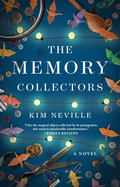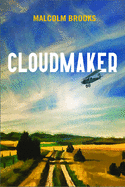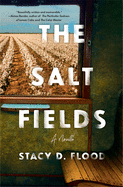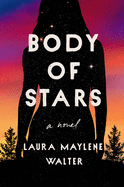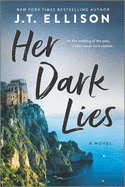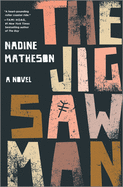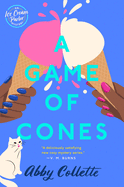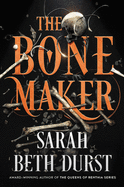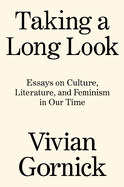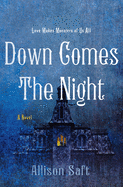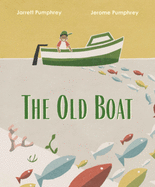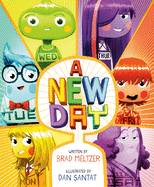My Antidote for Book Hangovers
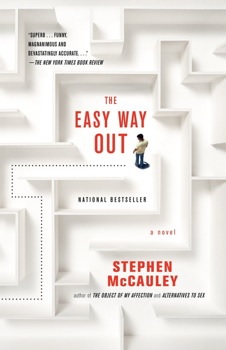 I recently read a book in one day. It's regrettably rare, considering how much I love doing it, leafing through those first pages with my morning coffee, marking my spot with a finger while I fix an afternoon snack, burning the midnight oil to linger over that final scene.
I recently read a book in one day. It's regrettably rare, considering how much I love doing it, leafing through those first pages with my morning coffee, marking my spot with a finger while I fix an afternoon snack, burning the midnight oil to linger over that final scene.
That novel was The Easy Way Out by Stephen McCauley (Washington Square Press, $19.99), the ridiculously funny story of Patrick, an irresponsible travel agent who must advise his brother Tony through an ongoing affair in the lead-up to Tony's Irish Catholic wedding. Not that Patrick is exactly a shining beacon of wisdom and reason, as he does everything in his power to avoid solidifying his own relationship with the man who wants to buy a house with him.
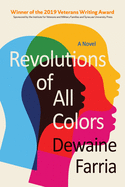 Afterward, I found myself wondering if another book could possibly feel as warm and satisfying as this again. Anyone who reads a lot knows that feeling of a "book hangover," a reading experience that just won't let go, a fear that nothing else will come close.
Afterward, I found myself wondering if another book could possibly feel as warm and satisfying as this again. Anyone who reads a lot knows that feeling of a "book hangover," a reading experience that just won't let go, a fear that nothing else will come close.
But then I remembered I felt this way after finishing Revolutions of All Colors by Dewaine Farria (Syracuse University Press, $22.95) mere months earlier. Farria's superb novel follows three young Black men from Oklahoma as their ambitions take them all over the world.
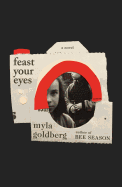 And then there was the way I felt after finishing Myla Goldberg's latest novel, Feast Your Eyes (Scribner, $17). It's the utterly dazzling story of a New York street photographer whose commitment to her art risked everything, including her relationship with her daughter, and it's styled as a retrospective exhibition of photos, which readers must imagine.
And then there was the way I felt after finishing Myla Goldberg's latest novel, Feast Your Eyes (Scribner, $17). It's the utterly dazzling story of a New York street photographer whose commitment to her art risked everything, including her relationship with her daughter, and it's styled as a retrospective exhibition of photos, which readers must imagine.
So, if I ever worry again, in the bleak midnight hours, that I'll never find another book as good as the one I just finished, I need only remember that if it's happened once, it's happened a thousand times. --Dave Wheeler, associate editor, Shelf Awareness




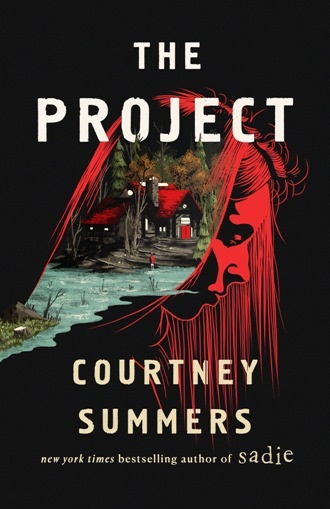 Book you're an evangelist for:
Book you're an evangelist for: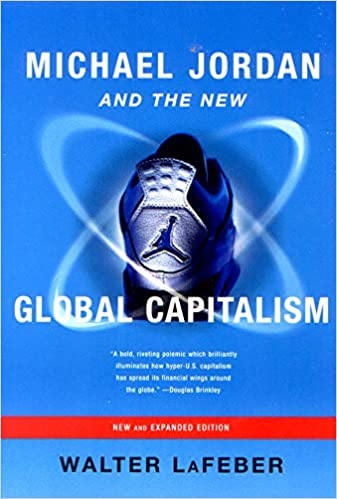 Walter LaFeber, an author and Cornell University history professor "whose unvarnished version of American diplomacy drew hundreds of students and spectators to his Saturday morning lectures, and whose acolytes went on to influence the nation's foreign policy," died March 9 at age 87, the
Walter LaFeber, an author and Cornell University history professor "whose unvarnished version of American diplomacy drew hundreds of students and spectators to his Saturday morning lectures, and whose acolytes went on to influence the nation's foreign policy," died March 9 at age 87, the 